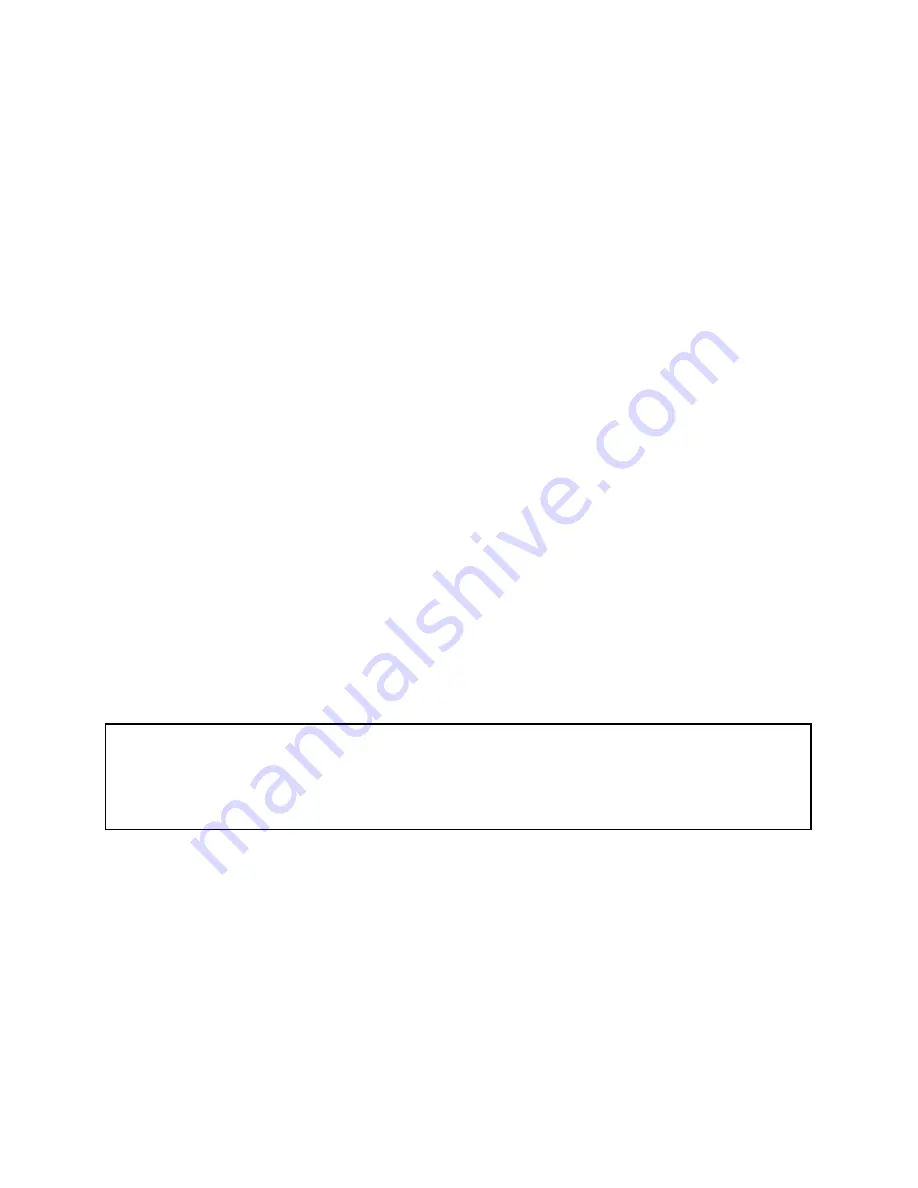
16
Section 5: OPERATION
5.1 Starting Procedure
Before using the pump for the first time, it is a good idea to spend a few minutes inspecting the pump and its
electrical and vacuum connections. Review Section 1 – Installation as required. Check the AZ power outlet to be
sure that it is the same voltage and phase as the pump motor. Connect the pump’s power cord to the power outlet.
Check the pump’s oil level to be sure it is correct.
Close off the pump intake and run the pump at blankoff for a few minutes. The gurgling noise should go away
after a few seconds of running; it is caused by the high volume of air that flows through the pump is first turned
on. If the gurgling noise does not stop, check the oil level to see if it is low, and check the pump intake fitting to
be sure that it is tight. Once proper pump operation has been verified, the pump intake can be opened to the
vacuum system.
After running the pump for a few minutes, check the oil level again. If the level is too high or too low, stop the
pump and add or remove oil as needed. Stop the pump and vent it to the atmosphere before adjusting the pump
fluid level.
Before starting the pump when connected to the vacuum system, check all vacuum connections.
5.2 High Pressure Operation
The Model 8890 pump is designed to be most efficient when operated at or near its ultimate blankoff pressure.
When operated at elevated pressures, the exhaust filter provided should be used. When operated at high pressures
for long periods of time, this filter will saturate quickly, and puffs of “smoke” will be seen around it. Replace the
filter with a new one, or replace with the Model 1417 Filter with replaceable cartridge. See Section 10 –
Accessories.
5.3 Shutdown Procedures
A few simple precautions are necessary before performing a pump shutdown. If a gauge is connected to the
system, first isolate the gauge, then turn off the power to the pump and open the system to the atmosphere.
NOTE
The intake isolation valve, in models equipped with this feature, will automatically close
when power to the pump is turned off. This will maintain vacuum in the system (if the
pump remains connected to the rest of the system) and will vent the pump to atmosphere.
If the pump is disconnected from the system for any length of time, cover the pump intake with a rubber stopper or
other suitable cover to protect the pump against contamination and loose particles. If the exhaust port is open, that
should be covered also. If the pump oil is contaminated and the pump is going to be stored for a prolonged period,
the oil should be changed before the pump is stored. Even if a pump is stored for a long period with oil initially in
good condition, check the oil when the pump is restarted, and change the oil if necessary.












































